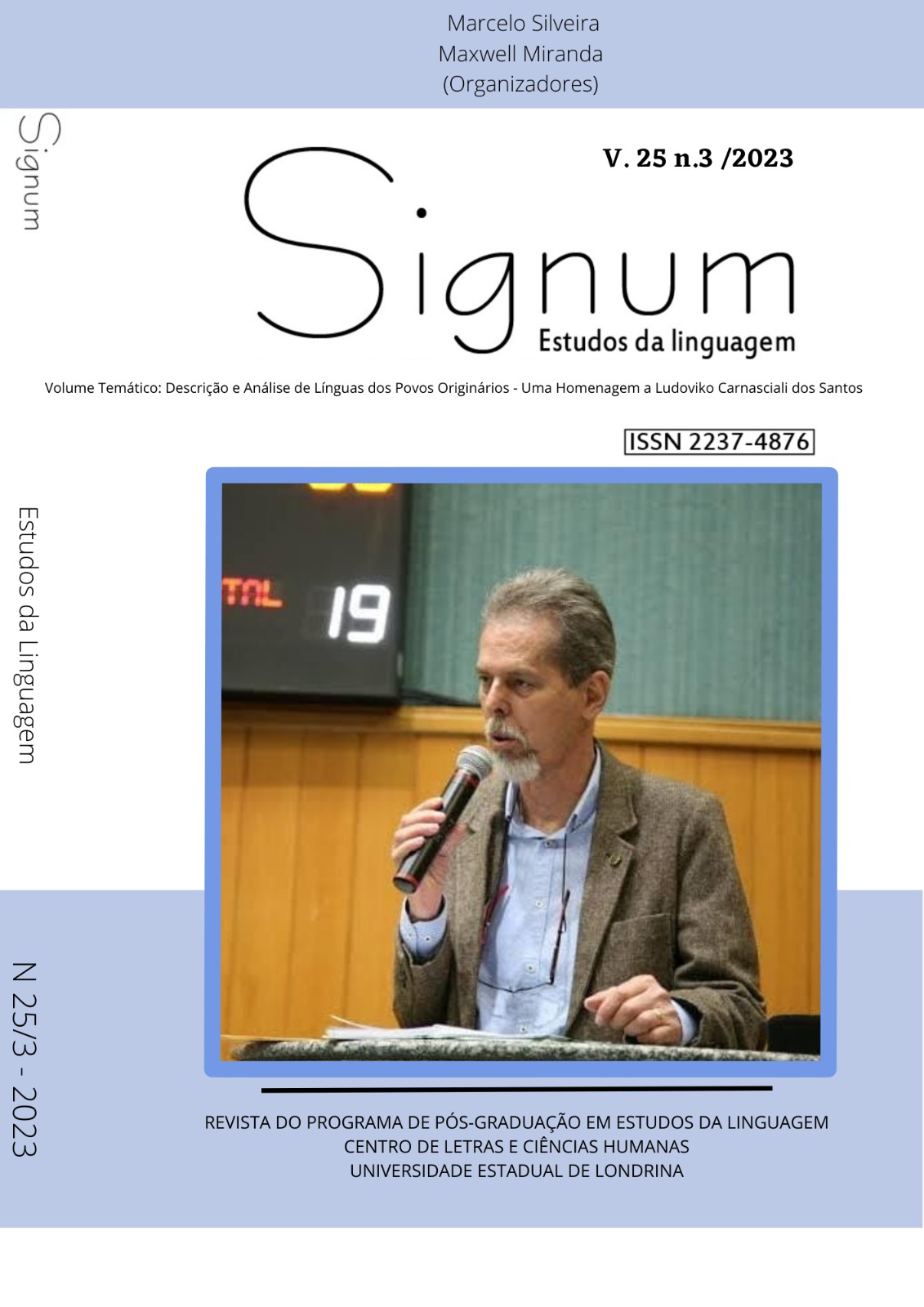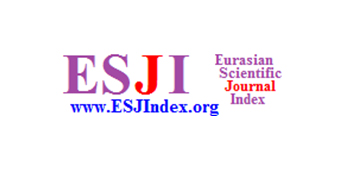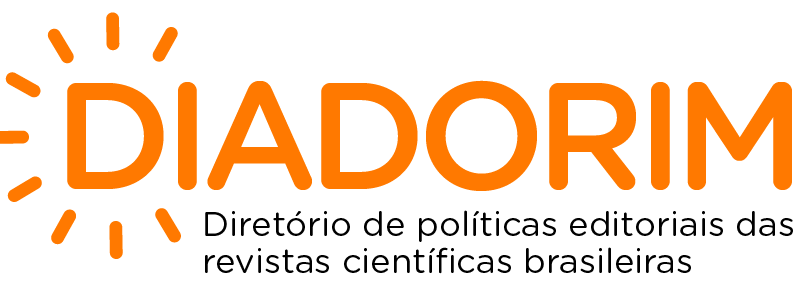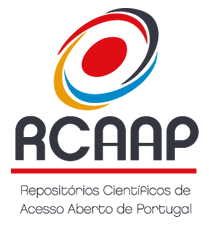Causativization in Asuriní do Xingu
DOI:
https://doi.org/10.5433/2237-4876.2022v25n3p22Keywords:
causatives, morphology, syntaxAbstract
This article aims to discuss causativization in the Asuriní of Xingu language, a Tupí-Guaraní language spoken by the Asuriní people who live in the municipality of Altamira in the Brazilian state of Pará. Based on theoretical assumptions from typological-functional linguistics, the article discusses the formation of causative predicates, the types of causativization found in the language, and the effects they cause in the sentence. Morphological causativization is the predominant type in this language, with the morphemes {mu-}, {eru-} and {-ukat} being responsible for it. The analysis shows that the morpheme {eru-} plays a causative role in this language, as it does in the related Kamayurá and Emerillon languages. At the same time, Asuriní of Xingu is distinguished from other languages of the Tupí-Guaraní family, such as Guajá and Tenetehára, where which this morpheme is described as an applicative. Research results show that the morphemes (mu-) and (eru-) are affixed to intransitive verb stems, while the morpheme (-ukat) is affixed to transitive stems. After affixing the causative morpheme to the verb, the sentence undergoes structural and functional changes.
Downloads
References
ALVES, Flávia de Castro. O Timbira falado pelos Canela Apãniekrá: uma contribuição aos estudos da
morfossintaxe de uma língua Jê. 2004. 192 f. Tese (Doutorado em Linguística) - Universidade Estadual de
Campinas, Campinas, 2004.
CAMARGOS, Quesler Fagundes. Aplicativização, causativização e nominalização: uma análise unificada de
estruturas argumentais em Tenetehára-Guajajára (Família Tupí-Guaraní). 2017. 256 f. Tese (Doutorado em
Linguística) - Universidade Federal de Minas Gerais, Belo Horizonte, 2017.
COMRIE, Bernard. Language universals and linguistic typology. Chicago: The University of Chicago Press, 1989.
DIXON, Robert Malcolm Ward. A typology of causatives: form, syntax and meaning. In: DIXON, Robert
Malcolm Ward; AIKHENVALD, Alexandra Yurievna (ed.). Changing Valency: case studies in transitivity.
Cambridge: Cambridge University Press, 2000. p. 30-83.
DIXON, Robert Malcolm Ward; AIKHENVALD, Alexandra Yurievna. Introduction. In: DIXON, Robert
Malcolm Ward; AIKHENVALD, Alexandra Yurievna (ed.). Changing Valency: case studies in transitivity.
Cambridge: Cambridge University Press, 2000. p. 1-29. Disponível em: https://doi.org/10.1017/
CBO9780511627750.002. Acesso em: 20 maio 2022.
FILLMORE, Charles J. Algunos problemas de la gramática de casos. In: SÁNCHEZ DE ZÁVALA, Víctor
(comp.). Semántica y sintaxis en la lingüística transformatoria. Madrid: Alianza, 1976. p. 171-200. (v. 2).
GALÚCIO, Ana Vilacy. Causativização na língua Mekens. Revista Moara, Belém, n. 32, p. 171-188, 2009.
GOMES, Dioney Moreira. Estudo morfológico da língua Mundurukú. 2006. 320 f. Tese (Doutorado em
Linguística) - Universidade de Brasília, Brasília, 2006.
GUILLAUME, Antoine; ROSE, Françoise. Sociative causative markers in South-American languages:
a possible areal feature. In: FLORICIC, Franck (ed.). Essais de typologie et de linguistique générale: melanges offerts
a denis creissels. Lyon: ENS Editions, 2010. p. 383-402.
HASPELMATH, Martin; MÜLLER-BARDEY, Thomas. Valence change. In: BOOIJ, Geert Evert;
LEHMANN, Christian; MUGDAN, Joachim; SKOPETEAS Stavros (ed.). Morphology: An international
handbook on inflection and word-formation. Berlin: Walter de Gruyter Mouton, 2004. p. 1130-1145. (v. 2).
KEMMER, Suzanne; VERHAGEN, Arie. The grammar of causatives and the conceptual structure of
events. Cognitive Linguistics, Germany, v. 5, n. 2, p. 115-156, 1994.
KULIKOV, Leonid. Voice typology. In: SONG, Jae Jung (ed.). The oxford handbook of linguistic typology. Oxford:
Oxford University Press, 2010. p. 368-398.
MAGALHÃES, Marina Maria Silva. Os diferentes processos de causativização na língua Guajá.
In: QUEIXALOS, Francesc; TELLES, Stella; BRUNO, Ana Carla dos Santos (org.). Incremento de valencia en las
lenguas amazónicas. 21. ed. Bogotá: Instituto Caro y Cuervo, 2014. p. 71-83.
PACHECO, Frantomé Bezerra. Morfossintaxe do verbo Ikpeng (Karíb). 2001. 290 f. Tese (Doutorado em
Linguística) - Universidade Estadual de Campinas, Campinas, 2001.
PEREIRA, Antônia Alves. Aspectos da hierarquia de pessoa em Asuriní do Xingu. Revista Educação e
Linguagens, Campo Mourão, v. 4, n. 6, p. 97-106, 2015.
PEREIRA, Antônia Alves. Marcação de caso e funções sintáticas em Asuriní do Xingu. Revista Moara, Belém,
n. 58, p. 79-102, 2021. Disponível em: http://dx.doi.org/10.18542/moara.v0i58.10851. Acesso em: 20 maio
RODRIGUES, Aryon Dall'Igna. A Categoria de Voz Em Tupi. Curitiba: Logos, v. 6:50-53, 1947.
RODRIGUES, Aryon Dall'Igna. Relações internas na família linguística Tupi-Guarani. Revista de Antropologia,
São paulo, n. 28, p. 33-53, 1985.
ROSE, Francoise. Morphosyntaxe de l'emerillon: language tupí-guaraní de Guyane française. Tese (Doutorado em
Linguística) - Université Lumière Lyon II, Lyon, 2003.
SEKI, Lucy. Gramática do Kamaiurá: Língua Tupí-Guarani do Alto Xingu. Campinas: Unicamp, 2000.
SHIBATANI, Masayoshi (ed.). The Grammar of causation and interpersonal manipulation. Amsterdam: Benjamins,
SHIBATANI, Masayoshi; PARDESHI, Prashant. The causative continuum. Typological Studies in Language,
Netherlands, v. 48, n. 18, p. 85-126, 2002.
SONG, Jae Jung. Linguistic Typology: morphology and syntax. New York: Routledge, 2014.
VELUPILLAI, Viveka. An Introduction to Linguistic Typology. Amsterdam: John Benjamins Publishing Company,
VIEIRA, Márcia Maria Damaso. Os núcleos aplicativos e as línguas indígenas brasileiras, Revista de Estudos da
Linguagem, Belo Horizonte, v. 18, n. 1, p. 141-164. 2010.
Downloads
Published
How to Cite
Issue
Section
License
Copyright (c) 2023 Signum: Estudos da Linguagem

This work is licensed under a Creative Commons Attribution-NonCommercial-NoDerivatives 4.0 International License.
This journal reserves the right to make, in the originals, normative, orthographic and grammatical modifications in order to maintain the standard language and the credibility of the publication. It will respect, however, the authors' style of writing. Modifications, corrections and suggestions of conceptual order will be forwarded to the authors, if necessary. In these cases, the papers, once appropriate, should be submitted to a new appreciation. The final examinations will not be forwarded to the authors. Works published become property of Signum, being its total or partial reprint subject to an explicit authorization of the journal. In all subsequent quotes the original source of publication should be mentioned, in case, in Photographic Discourse. Opinions emitted by the authors are their exclusive responsibility.
















